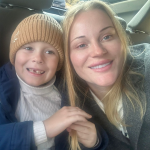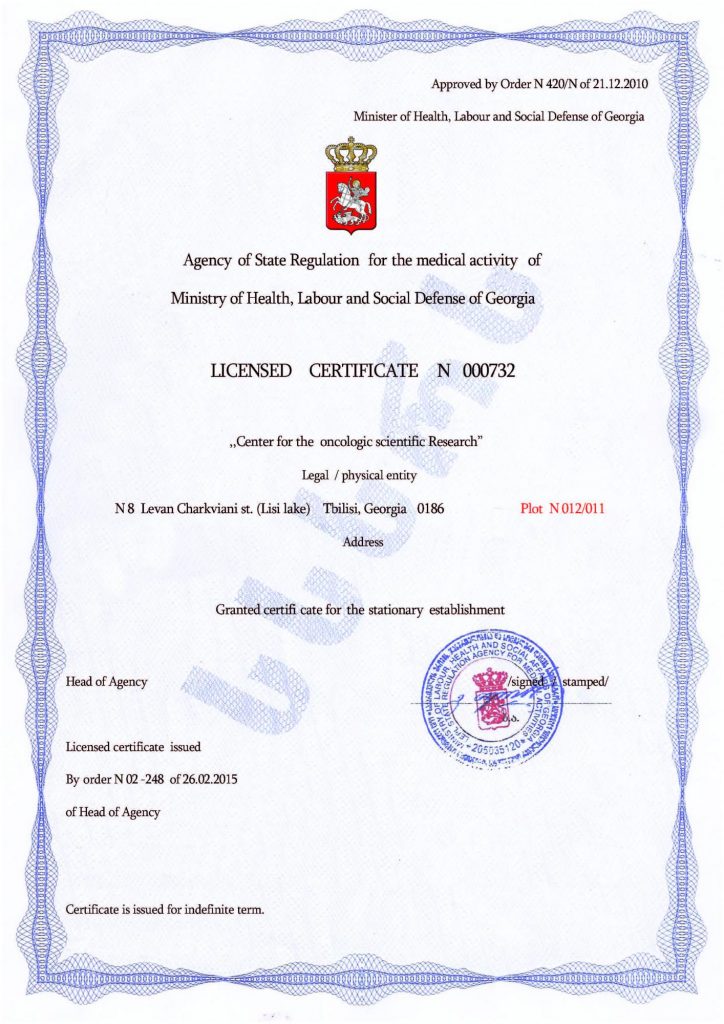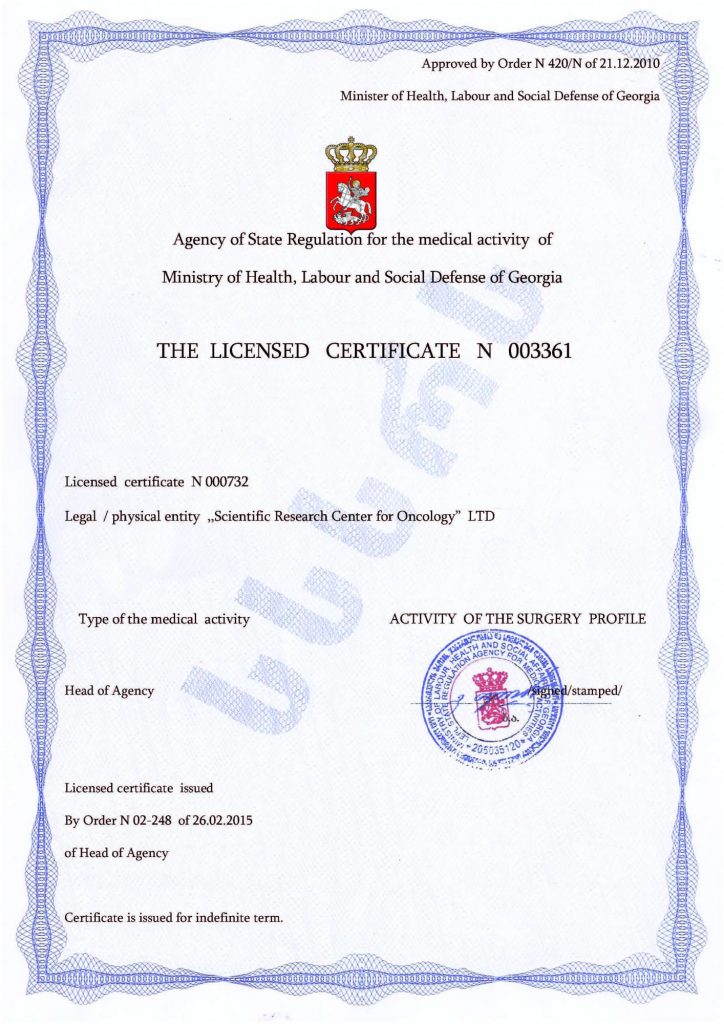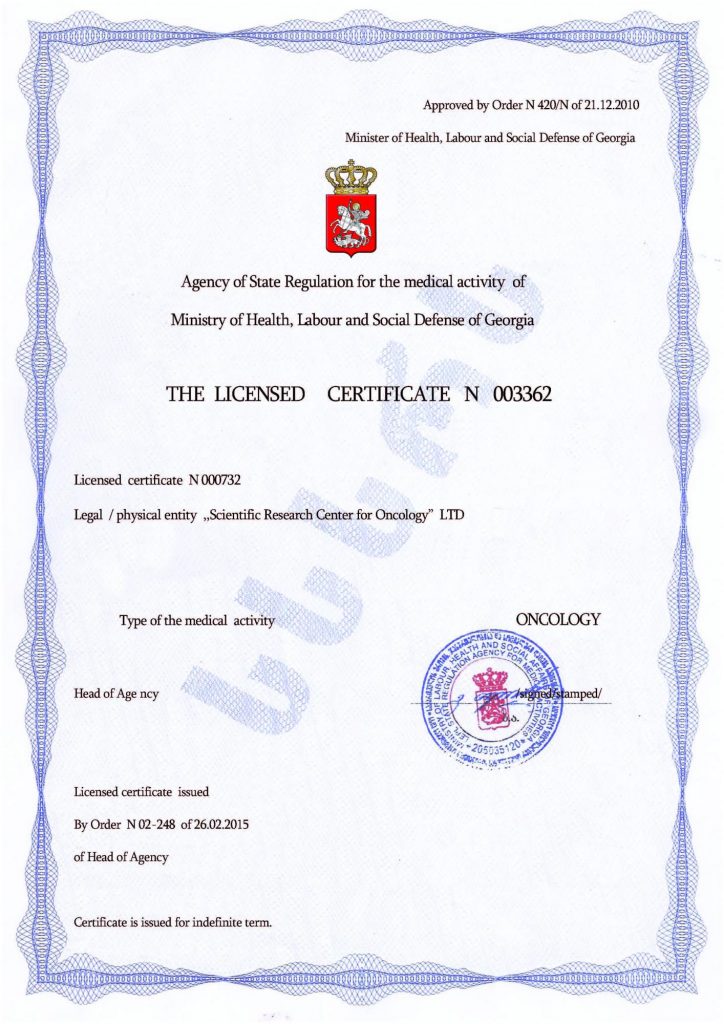Go as a Calming and Empowering Activity for Children with Autism
For individuals with autism spectrum disorder, it is important to maintain physical activity. However, equally essential for reducing sensory overload and preventing stress is having time to unwind, engage in quiet play, and simply exist in a familiar, low-stimulation environment. One highly suitable form of such restorative downtime is the game of Go, which many autistic individuals genuinely enjoy—not without reason. The game significantly mirrors their unique ways of thinking and gives them the opportunity to showcase their strengths.
- Visual Thinking and Pattern Recognition
Autistic individuals often possess exceptional abilities in processing visual information and recognizing patterns and structures. Go is a game deeply rooted in geometry, spatial arrangement, and pattern formation through the placement of stones on a grid. This strength in visual cognition offers autistic players a natural advantage in Go.
- Preference for Structure and Logic
Go is built on precise, unchanging rules that form a deep, logical system. Autistic individuals frequently thrive in such well-defined systems—they enjoy analyzing them, finding regularities, and predicting outcomes. Their advanced abstract and strategic thinking makes them particularly adept at calculating variations and evaluating positions on the board.
- Deep Focus and Attention to Detail
Go demands sustained concentration. While many autistic individuals may struggle with focus when uninterested, they can demonstrate extraordinary intensity and duration of attention when engaged with something meaningful. In Go, this translates into the ability to notice subtle nuances and analyze complex situations with precision.
- Comfort in Repetition and Ritual
Though every Go game is unique, the rituals of play—placing stones, counting territory—provide a sense of comfort and predictability. The board itself, with its strict grid and uniform stones, offers a visually and structurally ordered system, which many autistic individuals find reassuring.
- Go as a “Special Interest”
Go may become a special interest, a common feature in autism, where a subject becomes the focus of deep, passionate attention. This can lead to intensive study and exceptional skill development, as autistic individuals often dedicate extensive time and energy to mastering areas they’re fascinated by.
- Nonverbal Communication
Although Go is a competitive game, players primarily “communicate” through their moves on the board, rather than speech or social cues. This makes Go a more comfortable form of interaction for autistic individuals who may find verbal or emotional communication difficult.
- Tactile and Visual Sensory Appeal
The feel of smooth stones and the visual clarity of the game board can be calming or stimulating in a pleasing way. This gentle sensory input often resonates with autistic players who seek specific tactile or visual experiences.
Recognizing Individual Diversity
Of course, the interests and cognitive strengths of autistic individuals are highly diverse. There is no single “autistic way of thinking,” and not all autistic people will excel at or even enjoy Go. However, some broader conclusions can be drawn:
The documented connection between autism traits and skill in Go highlights how the game’s cognitive demands align with qualities commonly (though not universally) seen in autism. This does not mean that having autism guarantees success in Go, nor that being good at Go is a sign of autism.
As with any discipline, mastery of Go requires effort, training, and talent. Autism-related strengths can support skill development but do not eliminate the need for dedication and practice.
When Strengths Meet Opportunity
The combination of strong visual-spatial reasoning, systemic thinking, focused attention, and high motivation can create an environment in which some autistic individuals achieve remarkable success in Go. For them, the game becomes not only an intellectual challenge but a comforting, structured, and deeply engaging pursuit.
Supporting Cognitive Growth Through Stem Cell Therapy
Preserving and enhancing cognitive strengths—while also addressing autism and its symptoms—can be achieved through stem cell therapy. This innovative, safe, and natural approach works by activating the body’s inherent regenerative potential.
Its core procedure involves minimally invasive transplantation of the patient’s own stem cells, which eliminates the risk of rejection. These stem cells have the unique ability to transform into other types of cells, replacing damaged ones with healthy counterparts.
This cellular renewal helps the brain and nervous system to accurately process external information and respond appropriately to stimuli, such as light, sound, or smells. As a result:
- Behavior becomes more stable
- Development accelerates
- Autism symptoms are significantly reduced or completely eliminated
These changes often become apparent soon after transplantation and may last a long time—in many cases, for life. This also increases the effectiveness of other therapeutic methods.
Although stem cell therapy is a relatively new development, it has already been shown to outperform traditional treatments. It is emerging as a leading candidate to become the primary method for managing autism and its associated symptoms.
Currently, only a few of the world’s top clinics offer this therapy, including the Mardaleishvili Medical Center, equipped with the latest medical technology to ensure the best possible outcomes.
The center’s highly qualified doctors have extensive experience in stem cell transplantation and are involved in both clinical practice and scientific research. Its services are more financially accessible than those in many other countries, yet they meet the highest international standards for safety and effectiveness.
Moreover, patients receive comprehensive support, including help with travel planning and accommodations during the rehabilitation period.
Start your journey with stem cell therapy—and let your body begin to heal itself!
Autism Treatment Center Videos
Autism treatment with own stem cells
Cord blood association congress
International Quality Crown
Autism Treatment Reviews
Autism treatment with own stem cells
The story of Alessandro (6 years old)
Autism Patient Testimonial - Stem Cell Treatment
Clients Testimonials

Review by Anastasia, mother of Yusup (8 years old) Read More
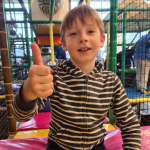
Feedback from Nathalie, mother of Andre (9 years old) Read More

Feedback from Yulia, mother of Emily (7 years old) Read More

Feedback by Everita, Katrina’s mother (5 years old) Read More
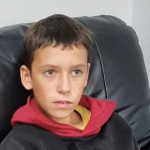
Feedback from Igor, David’s father (12 years old) Read More
